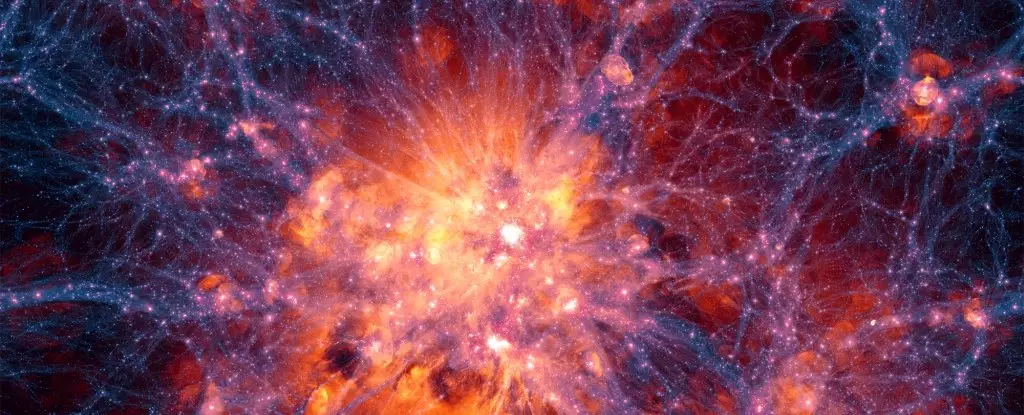The pursuit of understanding dark matter epitomizes one of the most profound challenges in modern physics. While it composes roughly 27% of the universe’s mass-energy content, its properties remain elusive and its existence is inferred primarily through its gravitational effects on visible matter. Theoretical constructs around its nature abound—ranging from Weakly Interacting Massive Particles (WIMPs) to axions—but none have ever been directly observed. Amid this mystery, innovative experimental techniques continue to emerge, with recent projects showing promise in deciphering the enigma surrounding dark matter.
At the forefront of this investigation is a new experiment orchestrated by physicists at the University of Southampton, which is poised to employ cutting-edge technology in an attempt to detect dark matter. The ingenuity of this experiment lies in its unique approach: levitating sheets of graphite in microgravity environments aboard the Jovian-1 satellite. The experiment’s configuration is predicated upon previous shortcomings of terrestrial detectors, where atmospheric and geological factors may impede direct detection. As physicist Tim Fuchs articulates, this pioneering method seeks to sidestep such impediments by venturing beyond Earth’s surface.
In a zero-gravity environment, small forces become readily measurable, allowing researchers an opportunity to observe phenomena that would be obscured under normal conditions. This experiment proposes that if dark matter exists in high enough densities, it will generate a “dark wind” that interacts with the levitating graphite, producing measurable displacements. Such a finding would signify a monumental leap in our understanding of dark matter.
The persistence of dark matter is underscored by observational astrophysics, which reveals a disconcerting disparity between the quantities of visible matter and the gravitational forces at play. Studies of galactic rotation and gravitational lensing provide compelling evidence that there is significantly more mass present than can be accounted for by baryonic matter alone. This discrepancy raises fundamental questions regarding our understanding of the universe’s structure.
The measured scale of gravity from galaxies suggests that dark matter’s influence has a ratio of approximately six times that of conventional matter. Yet, despite such overwhelming indirect evidence, direct detection has remained an unfulfilled dream for physicists. This is where the Southampton-derived experiment could potentially pivot the narrative—offering a means to observe dark matter directly, albeit in an indirect manner.
The Southampton experiment represents a collaborative endeavor encompassing students and researchers from various institutions, including the University of Portsmouth and Surrey University. The Jovian-1 satellite’s anticipated launch in early 2026 highlights the growing emphasis on interdisciplinary cooperation in tackling the elusive nature of dark matter. Although the wait for results may span two years post-launch, the implications of this work could significantly enhance our understanding of the cosmic phenomena that dominate the universe’s composition.
Fuchs notes that recent theories propose an interaction rate for dark matter that could be so elevated it might evade traditional detection methods on Earth. This hypothesis has profound implications for future experimental designs, suggesting that many Earth-centric experiments might have been fundamentally misaligned with the nature of dark matter’s interactions.
In summation, while dark matter remains an enigmatic aspect of contemporary astrophysics, the recent advancements represented by the Southampton initiative provide hope in the quest for clarity. This project exemplifies how innovation, combined with scientific inquiry, can potentially illuminate the shadowy corners of our universe. Should the experiment yield positive results, it could redefine not only our understanding of dark matter but also reshape fundamental questions about the structure and evolution of the cosmos. As the scientific community eagerly anticipates the upcoming launch of Jovian-1, the prospect of unraveling the mysteries of dark matter inches ever closer to realization, affirming the relentless pursuit of knowledge that defines the field of physics.


Leave a Reply